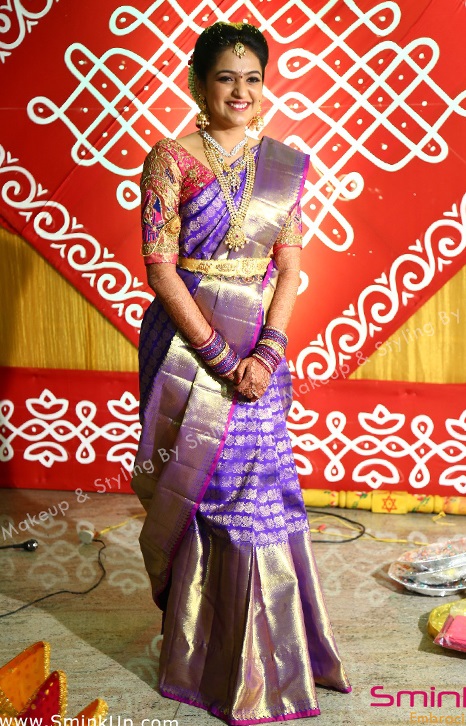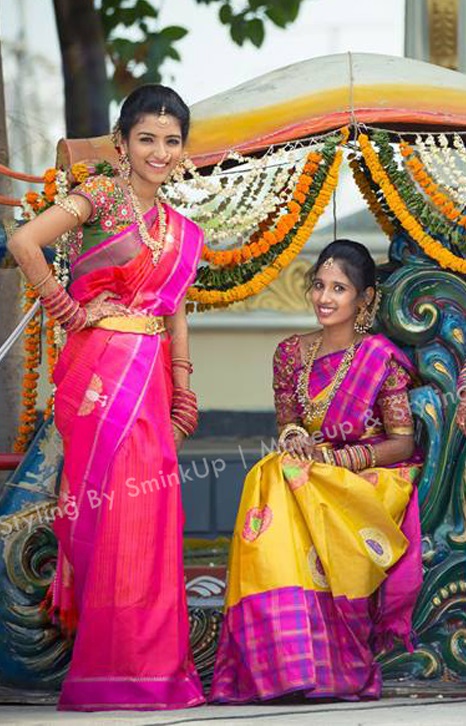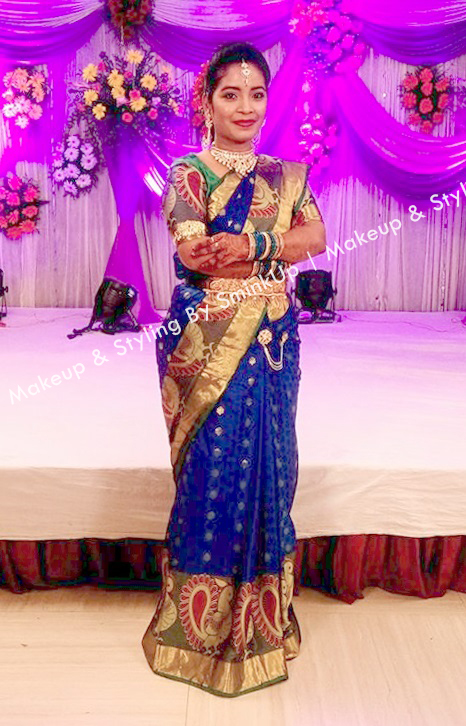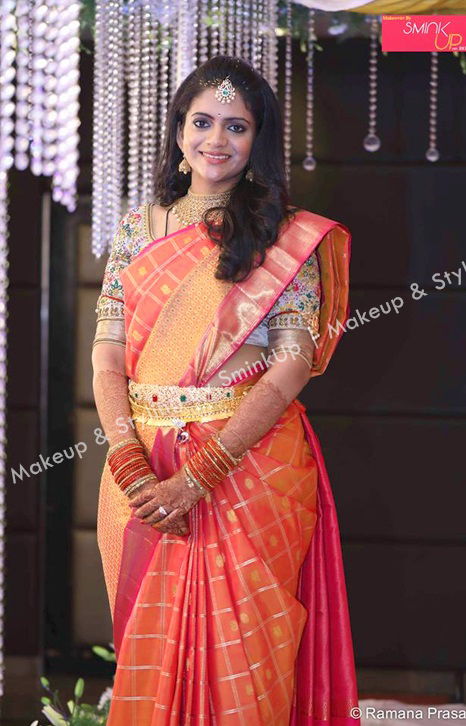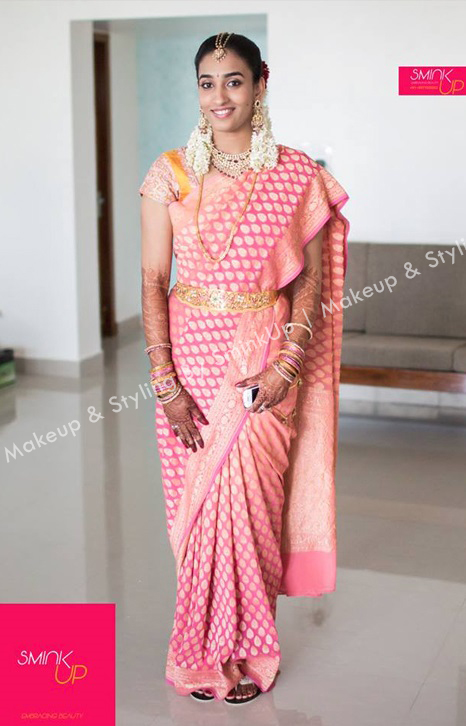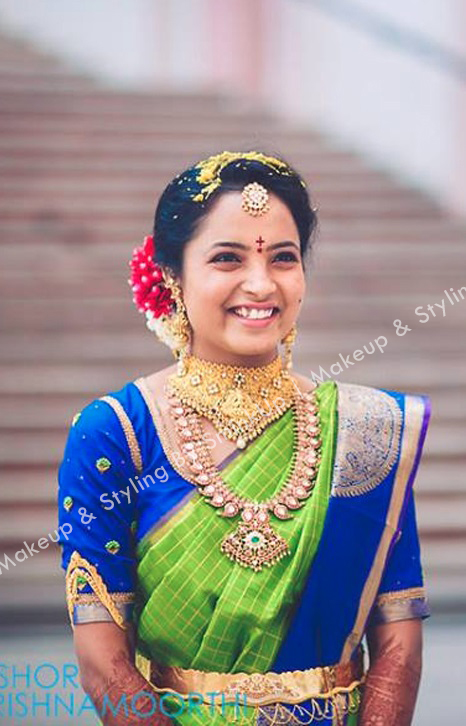The origin of draping a saree is several centuries old – apparently it was first recorded in the Indus valley civilization. However, the modern 6 yards saree evolved from the original two-piece garment of yesteryears. In the beginning, saree is believed to have been a garment for the lower body only. This style can still be seen on temple sculptures which show goddesses and dancers wearing a dothi-wrap. This fish-tale saree wearing style loosely covers the legs and has long decorative pleats down the front. This saree drape not only facilitated easy movement but also made the wearer look more feminine
Sarees are making way for western outfits due to the comfort and ease of wearing them, giving a sensuous look, etc. Our objective is to change this outlook towards our oldest fabric which is looked down as too traditional and orthodox. A Saree if draped properly can help a women look gorgeous and sensuous at the same time. We make sure that experience of draping a saree is made as simple as wearing a western outfit thus helping women to experiment with their looks every time on every occasion.
